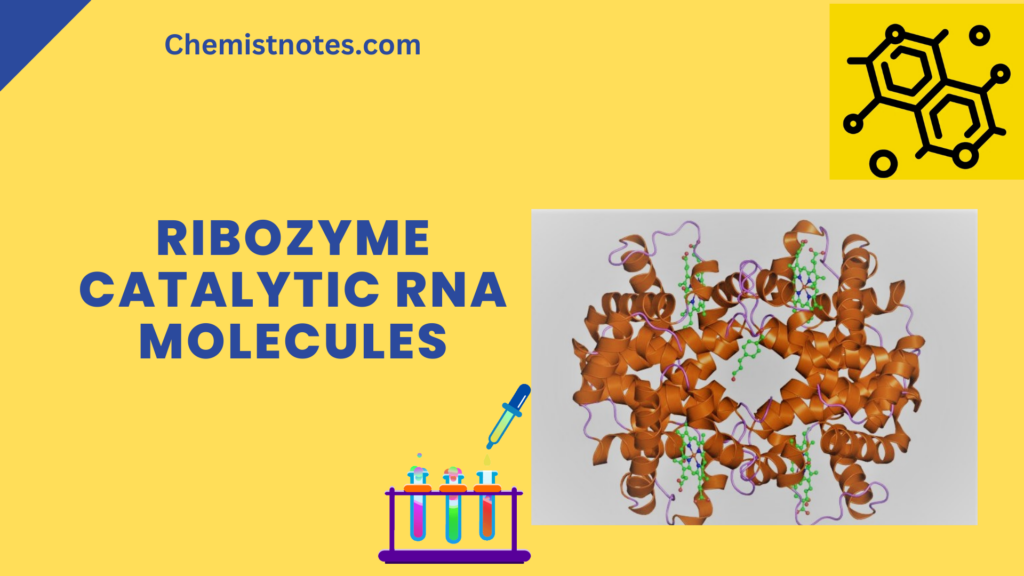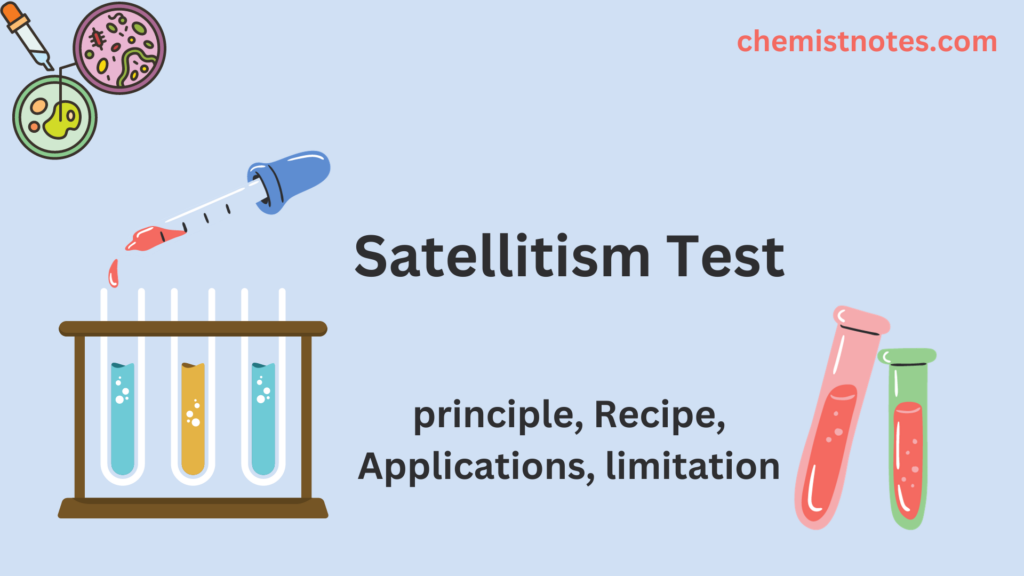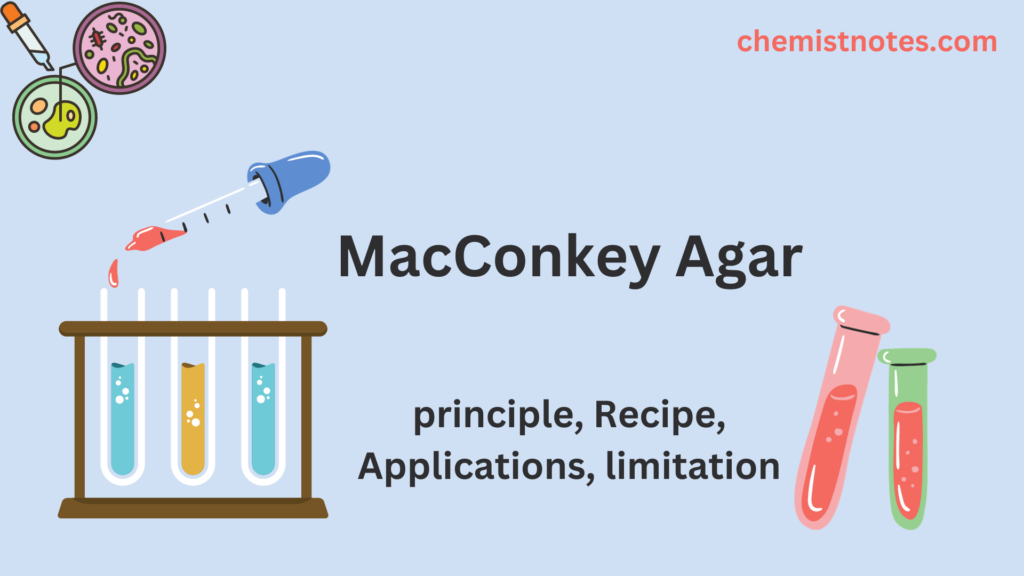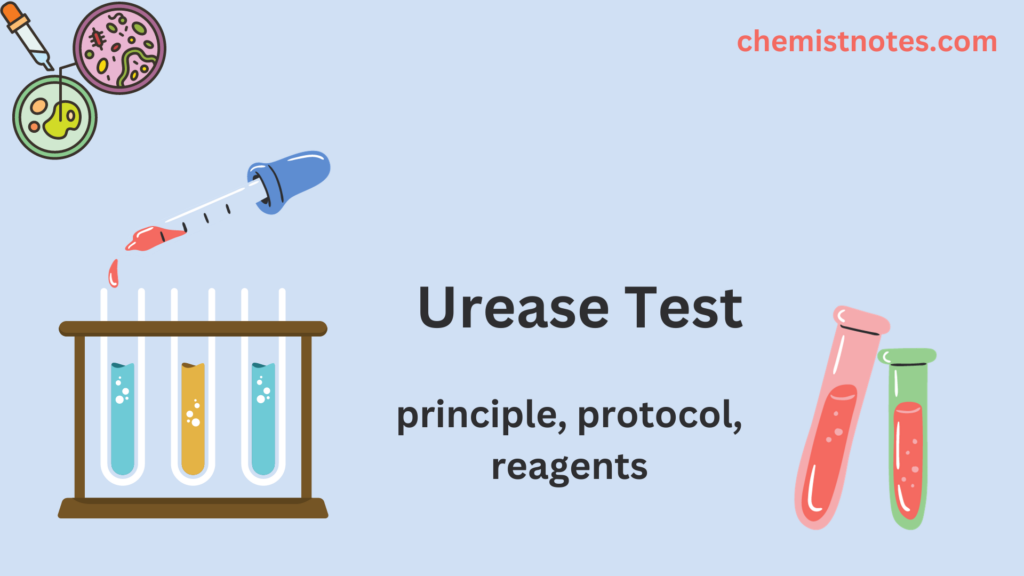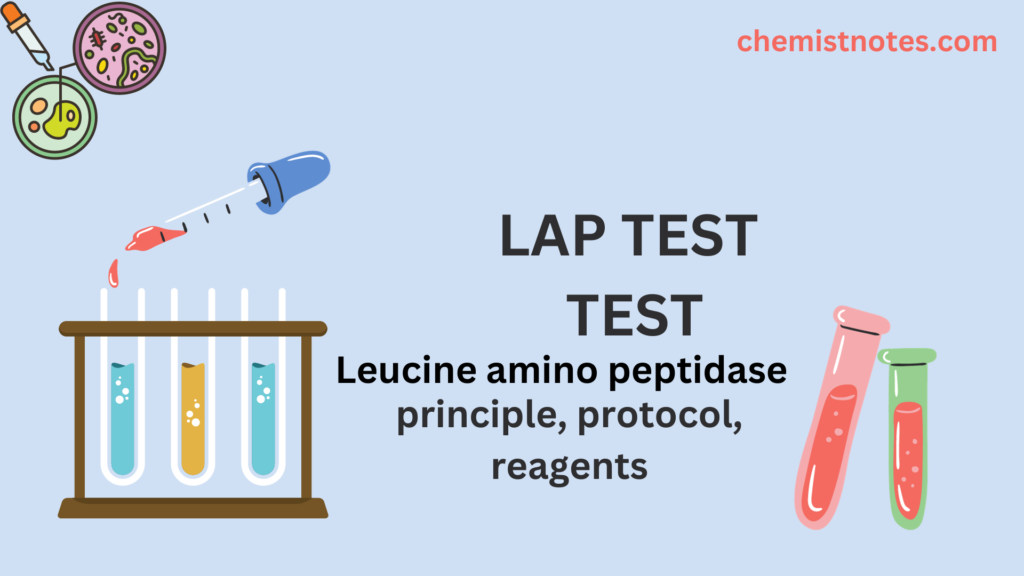Table of Contents
ToggleWe are going to study the Differences between DNA and RNA, in today’s article. As we have already learned about the basics of nucleic acids, their structure, function, and types now we are going to fall light on types of nucleic acid in a little bit in deep. As we know that all cells and viruses depend on nucleic acids, which are substantial biomolecules. The storing and expression of genetic information is a key role of nucleic acids. Deoxyribonucleic acid, or DNA, encodes the data that cells require to produce proteins.
Differences between DNA and RNA
A double-stranded molecule with a long chain of nucleotides is called DNA. A single-stranded molecule called RNA has a shorter nucleotide chain than other molecules. Propagation. DNA is self-replicating; it replicates itself. RNA cannot duplicate itself. While RNA transmits the genetic codes required to produce proteins, DNA is responsible for transmitting genetic information.
What is DNA?
Two polynucleotide chains make up the molecule known as DNA or deoxyribonucleic acid. These coils combine to create a complex double helix that contains the genetic material that all living things need to develop, function, grow, and reproduce. They are three types.
A-DNA
B-DNA
Z-DNA
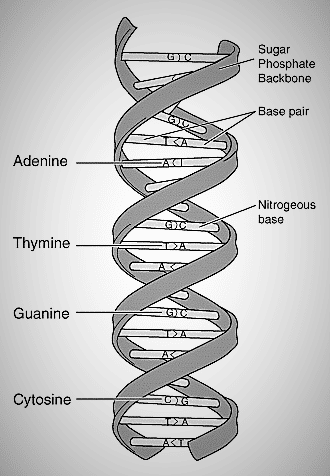
What is RNA?
Ribonucleic acid, or RNA, is a type of polymeric molecule. It supports a number of biological functions including gene control, expression, decoding, and coding. RNA can be divided into four types,
Messenger RNA-mRNA
Transfer RNA-tRNA:
Ribosomal RNA-rRNA
Small nuclear RNA-snRNA
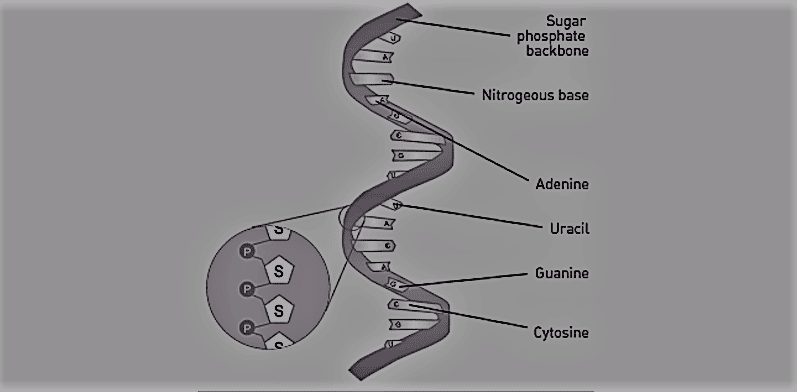
DNA Vs RNA
| Parameter | DNA | RNA |
| Fullform | Stands for deoxyribonucleic acid | Stands for ribonucleic acid |
| Structure | DNA is a double-stranded helix composed of a long chain of nucleotides. | RNA is a single-stranded helix composed of a short chain of nucleotides. |
| Function | transmits genetic information to generate new cells and organisms. long-term conservation of genetic data. | In order to produce proteins, it sends the genetic code from the nucleus to the ribosomes. |
| Nitrogenous bases | GC(Guanine pairs with Cytosine) A-T(Adenine pairs with Thymine). | GC(Guanine pairs with Cytosine) A-U(Adenine pairs with Uracil) |
| Composition | Phosphate backbone, deoxyribose sugar. the bases adenine, guanine, cytosine, and thymine. | The phosphate backbone and ribose sugar. the bases adenine, guanine, cytosine, and uracil. |
| Propagation | DNA is self-replicating. | Synthesized from DNA. |
| Location | the nucleus of the cell and in the mitochondria | cytoplasm, nucleus, and ribosome |
| Molecular weight | 2-6 million | 25000-2million |
| Stability | They are more stable than RNA. | Much more reactive than DNA. |
| UV- sensitivity | UV light has the potential to harm DNA. | far more resilient to UV radiation harm than DNA. |
MCQs/FAQs
Full form of DNA and RNA?
The full form of DNA and RNA are deoxyribonucleic acid and ribonucleic acid.
Where is RNA located?
Rna is located in the cytoplasm, nucleus, and ribosome.

